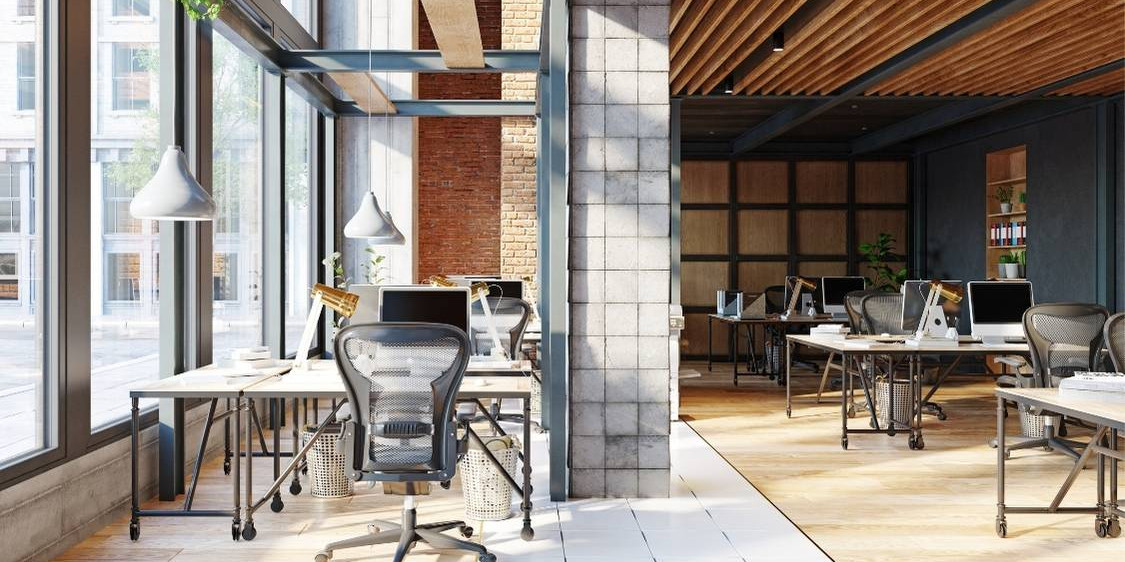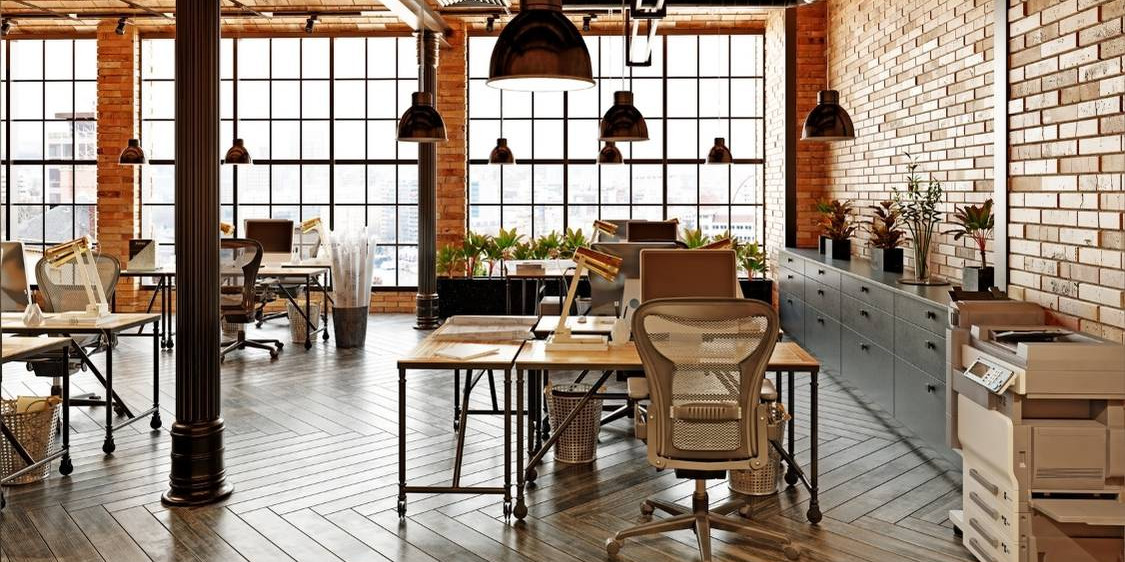The modern workplace is no longer a fixed location — it’s a dynamic ecosystem designed for adaptability, collaboration, and growth. In today’s rapidly shifting economy, flexible workspaces have become the cornerstone of business strategy, redefining how organizations operate and how people connect with their work.
From hybrid models to coworking environments, the future of business belongs to those who understand that agility, not rigidity, drives long-term success.
1. Flexibility as a Competitive Advantage
The ability to pivot quickly — whether to scale teams, enter new markets, or adapt to changing client demands — is what separates resilient companies from stagnant ones. Traditional long-term leases and fixed offices limit that adaptability.
Modern enterprises are turning to flexible workspace solutions that allow them to optimize costs, adjust footprint size, and foster collaboration without long-term commitments. This flexibility translates directly into financial efficiency and operational resilience.
2. Redefining the Office as a Strategic Asset
The office is no longer just a physical space — it’s an experience that must reflect a company’s identity, culture, and goals. Businesses are now designing adaptive environments that combine physical and digital functionality to support both in-person collaboration and remote productivity.
Workspaces that prioritize modular layouts, shared resources, and wellness-driven design not only improve workflow but also enhance employee satisfaction and creativity.

3. The Hybrid Revolution
The rise of hybrid work has made flexibility a non-negotiable standard. Teams expect the freedom to choose where and how they work, without sacrificing connectivity or performance.
Leading organizations are investing in technology-enabled environments — integrating cloud tools, smart office systems, and digital collaboration platforms that bridge remote and on-site experiences. The result is a workspace model that supports autonomy while maintaining cohesion.
4. The Economic Logic of Agile Workspaces
Beyond culture, flexibility makes hard business sense. Leasing flexible spaces reduces capital expenditure and mitigates real estate risk — allowing companies to scale up or down as needed.
Startups, SMEs, and even large enterprises are adopting on-demand workspace solutions to respond to fluctuating workloads and evolving team structures. This shift not only streamlines operations but ensures financial adaptability in uncertain markets.
5. People-Centered Design: The True Core of Flexibility
Flexibility isn’t just about square footage — it’s about people. A truly modern workspace places human needs at its core, balancing comfort, focus, and community.
Natural light, ergonomic design, biophilic elements, and quiet zones have become essential to workplace wellness. Companies that recognize the connection between environment and performance create cultures that attract and retain top talent.

6. Looking Ahead: Workspaces as a Service
The next phase of workspace evolution lies in Workplace-as-a-Service (WaaS) — a model that combines physical space, technology, and management into one integrated offering. It’s a future where organizations subscribe to productivity rather than purchase permanence.
Businesses that embrace this model will thrive in a world where mobility, innovation, and adaptability define the new normal.
Conclusion: Flexibility Is the Foundation of the Future
The workspace of tomorrow is fluid, intelligent, and purpose-driven. It adapts to people, not the other way around.
As companies continue to navigate digital transformation, global competition, and evolving employee expectations, one truth stands out: flexibility isn’t just a trend — it’s the defining feature of modern business success.



